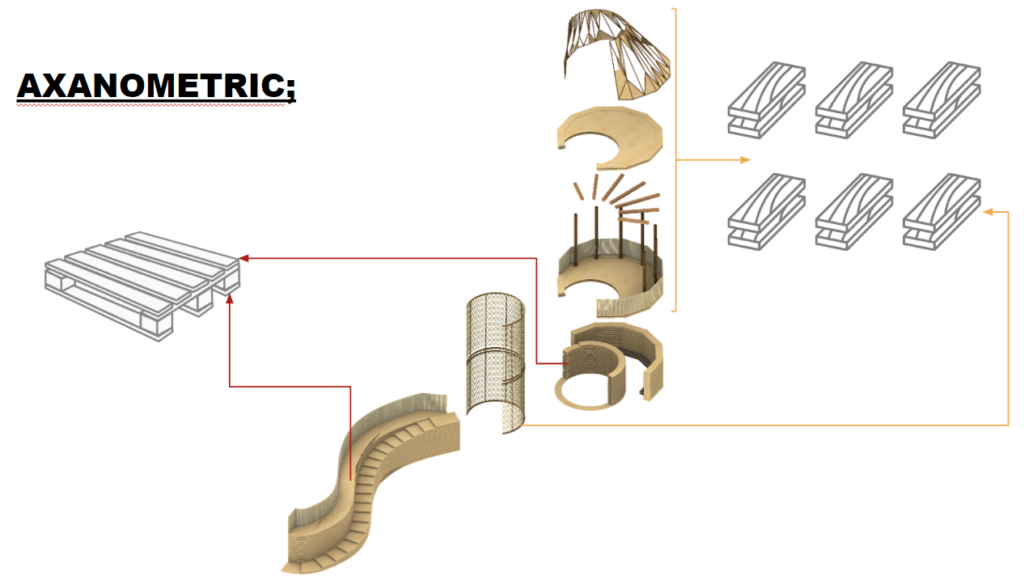WHY USE RECLAIMED WOOD
RESEARCH
Reclaimed wood is a sustainable and unique material that can be used in almost any project. It offers strength, character, and originality that you cannot find with any other building material. It helps preserve the past while upcycling materials that would otherwise go to waste.
TYPE – WOOD-PALLETS
Mapping the Wood stocks in Poblenou’s Buildings
–Authors: Milena Calvo Juarez and Julia Steketee (IAAC)
Catalonia as a whole has generated over 5 million tons of construction waste in 2019 – twice as much as in 2013. Along with the disappearance of historic buildings and the emergence of new businesses.
Some of the possibilities for the re-use of wood and wood waste include education, material development, large-scale fabrication, and urban gardens. Other potential connections for the reuse of demolition materials have been mapped by the pilot and are exemplified in the format of ‘circular’ mapping stories’.
Estimation of wood stock per building in the Sant Martí District. Source: Metabolic
locating makers, craftspeople, fabrication facilities, shared workshops, and material providers in the district.
CASE – STUDY
Re-Emerge Pavilion (2021) – EmTech (AA) with Hassell
- London, UK
- Comprised entirely out of reclaimed timber from pallets
- Diamond-shaped volumetric timber modules created by scoring and kerfing wood from pallets. These patterns allow for the wood to act structurally to both horizontal and vertical forces.
CO2 emissions for plywood are significantly higher, so reusing the wood provides a greater benefit
Pergola in Luotuowan Village (2018) – LUO Studio
- Hebei Province, China
- A project to revamp the village economically, created a shaded public space.
- Many wooden beams and rafter were left over from renovations
- Members were designed to be smaller in order to reuse as much of the wood as possible
Wooden rods, accompanied by steel wires, allowed for increased stability with much more space.
Be Paletto Pavilion (2010) A- Aarhus School of Arrchitecutre
- Aarhus, Denmark
- 429 stacked and overlapping pallets, 3.5 meters high
- Leading people in new ways across the courtyard, interacting with trees, tables, benches, in the site
- 20+ people can sit/stand on the pavilion at once, acting as a very public work, and able to get sun access throughout the entire day.
- Cantilevered pallets act as steps
Roost Treehouse – – Antony Gibbons
- Mimics organic curvaceous forms found in nature.
- Pods are harnessed to tree trunks without harming tree growth.
- Each pod has a central spiral staircase leading to an outdoor platform.
- Materials are sustainable and do not damage trees.
Situation
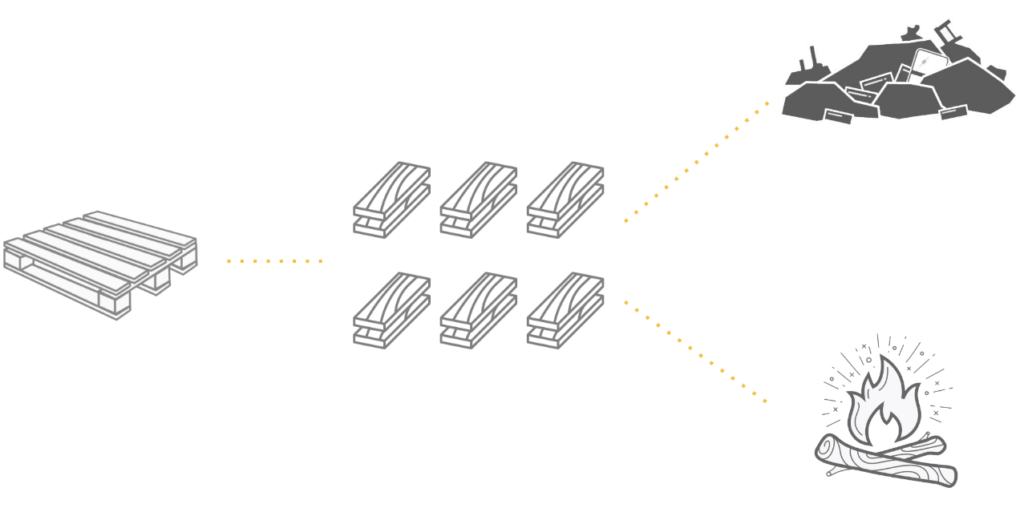
Solution
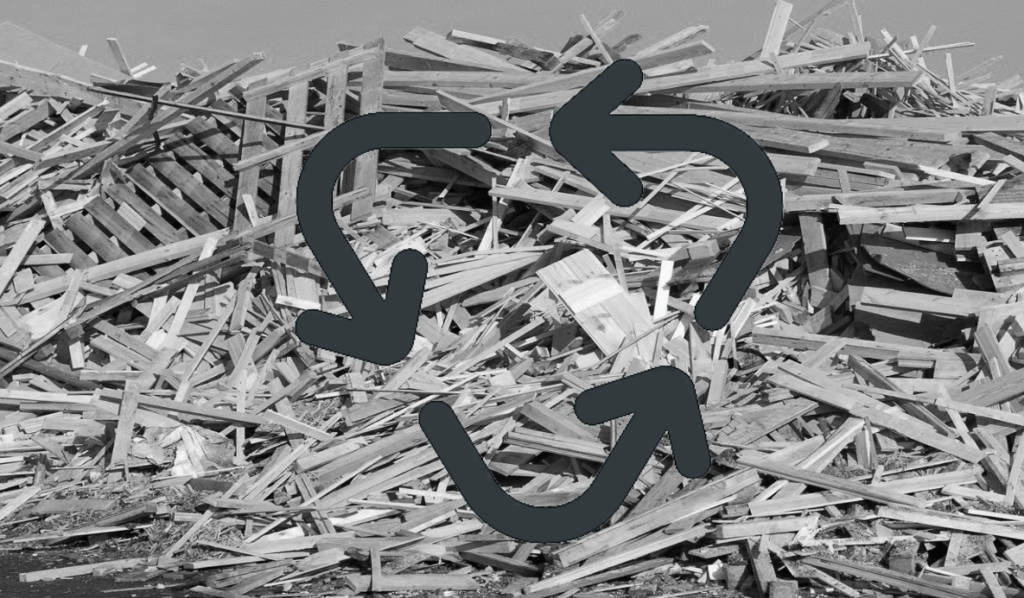
POSSIBILITY
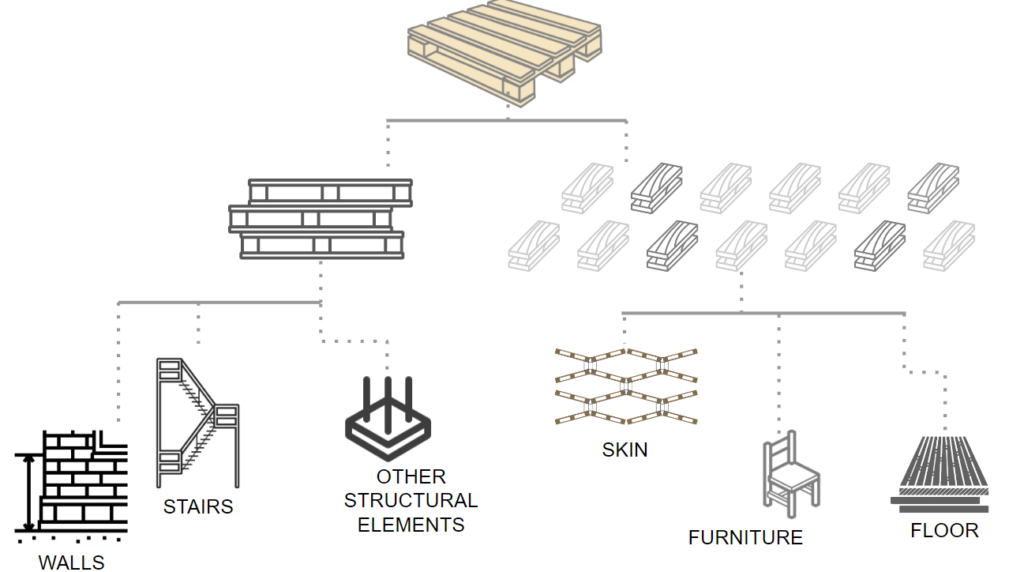
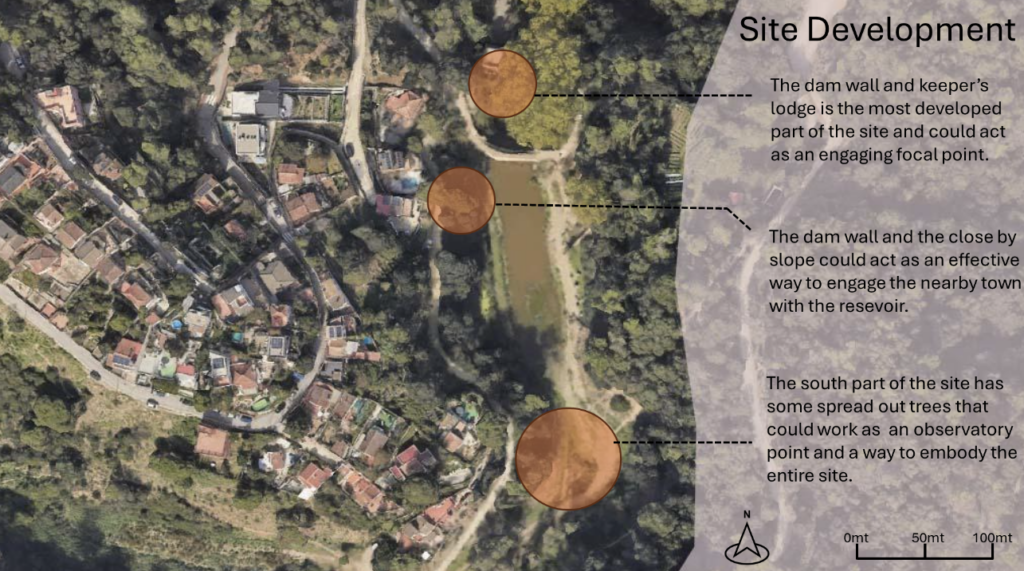
ITERATIONS
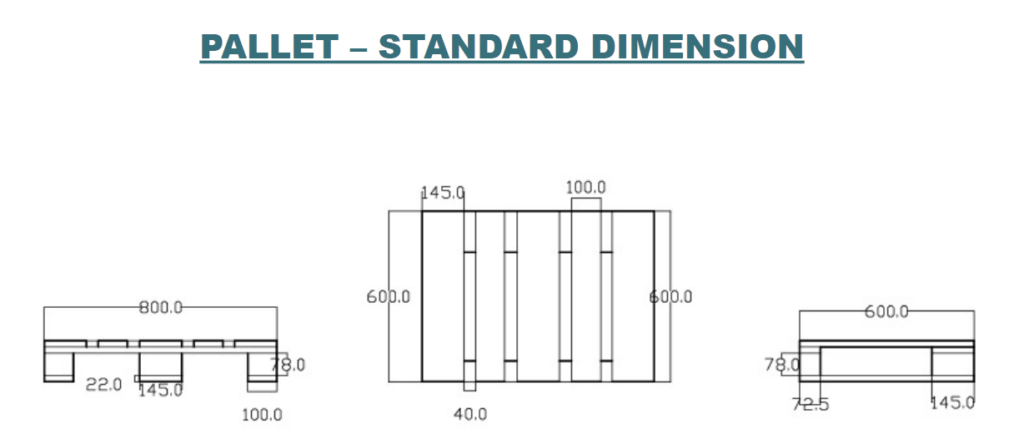
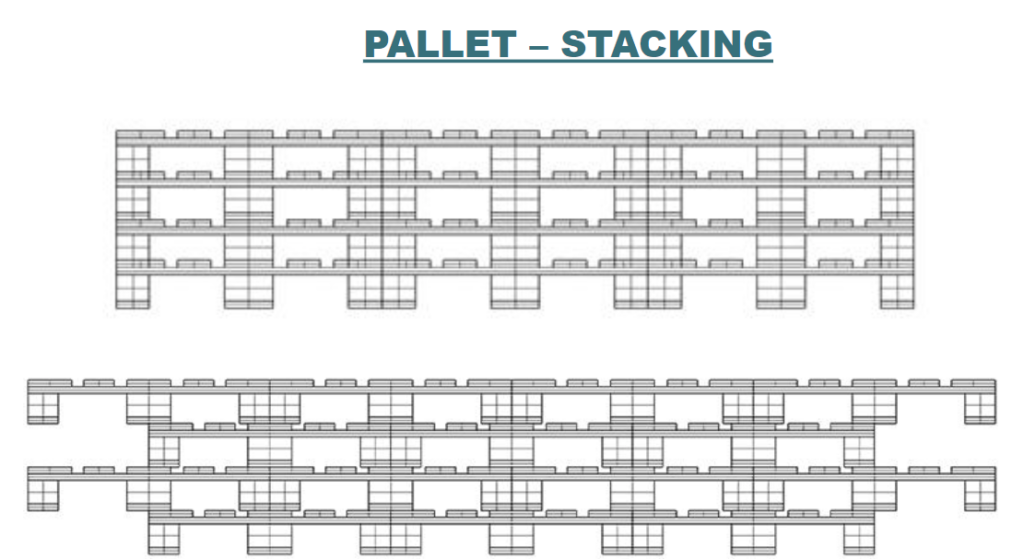
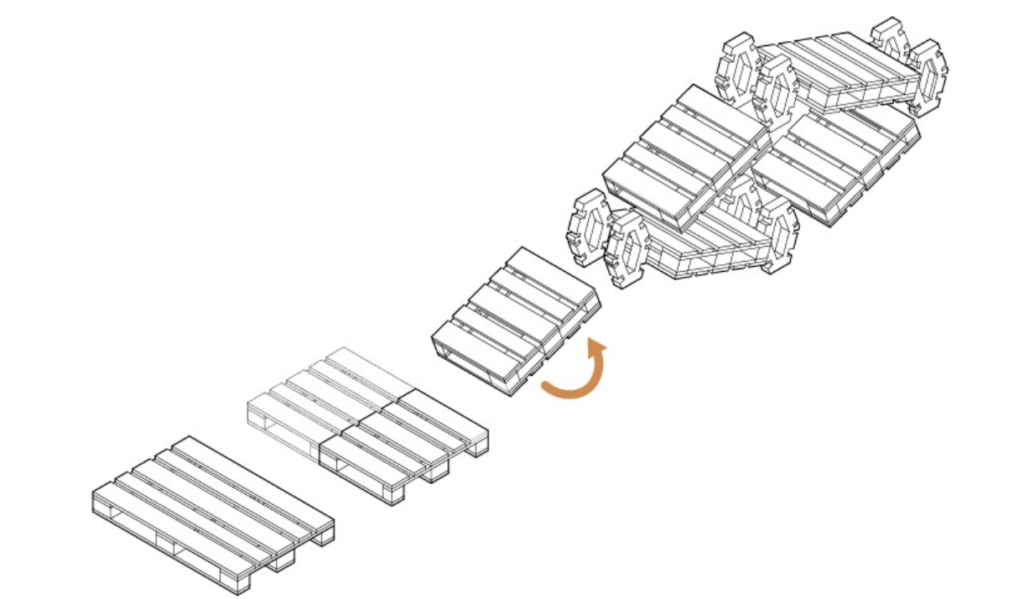
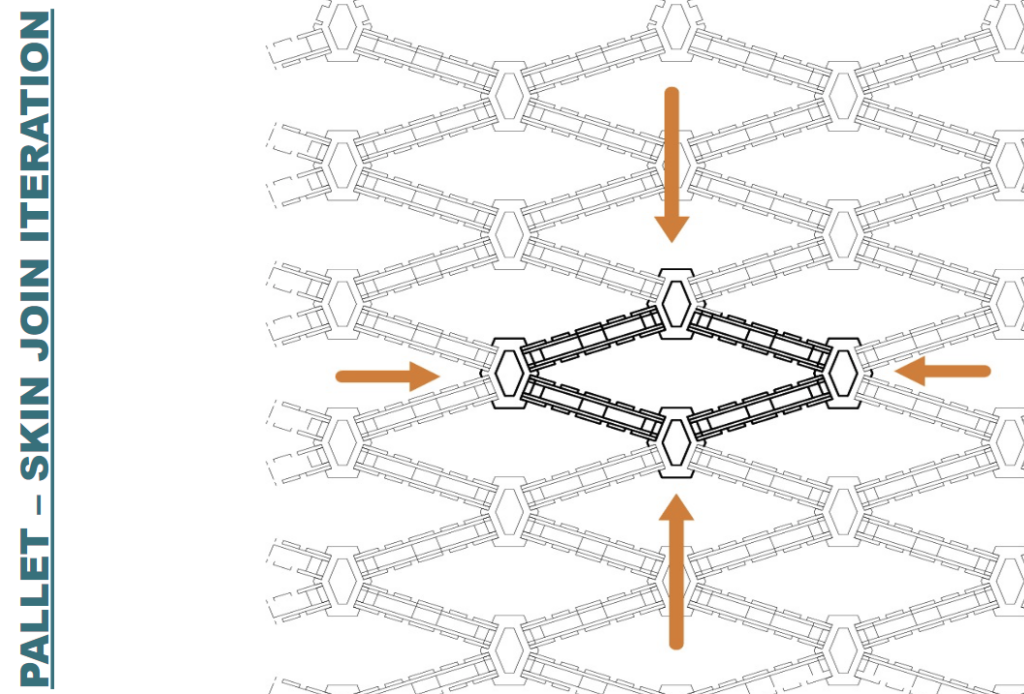
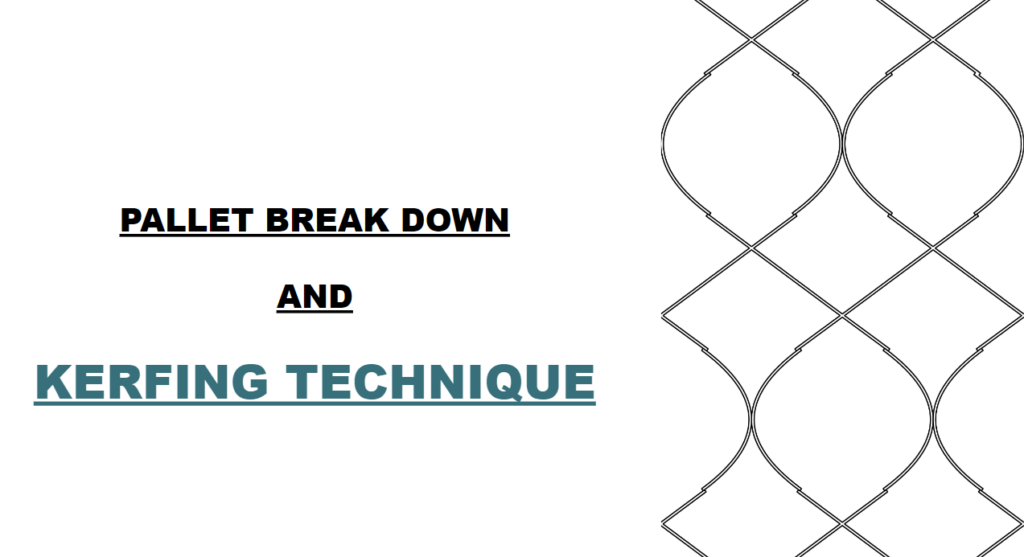
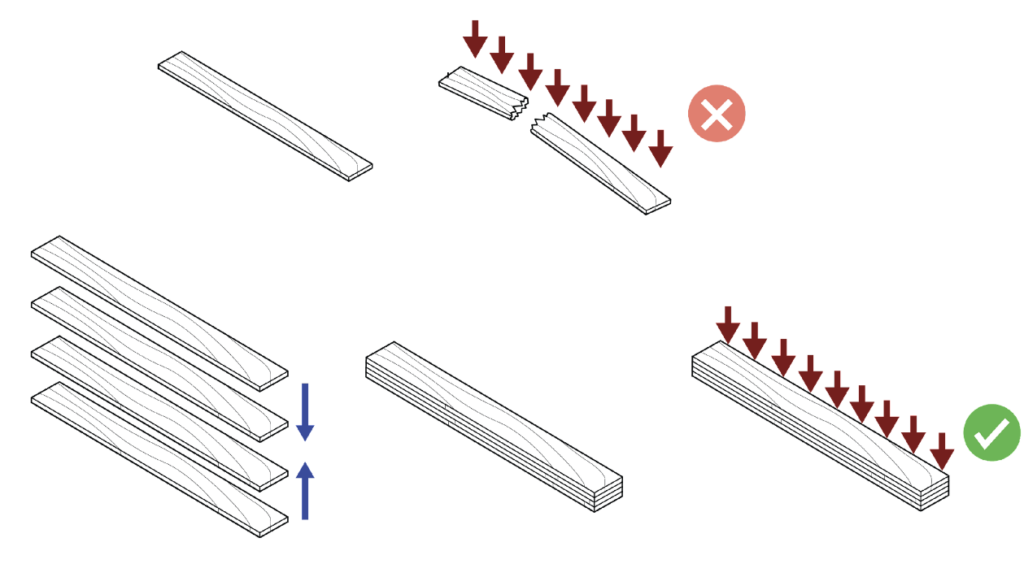
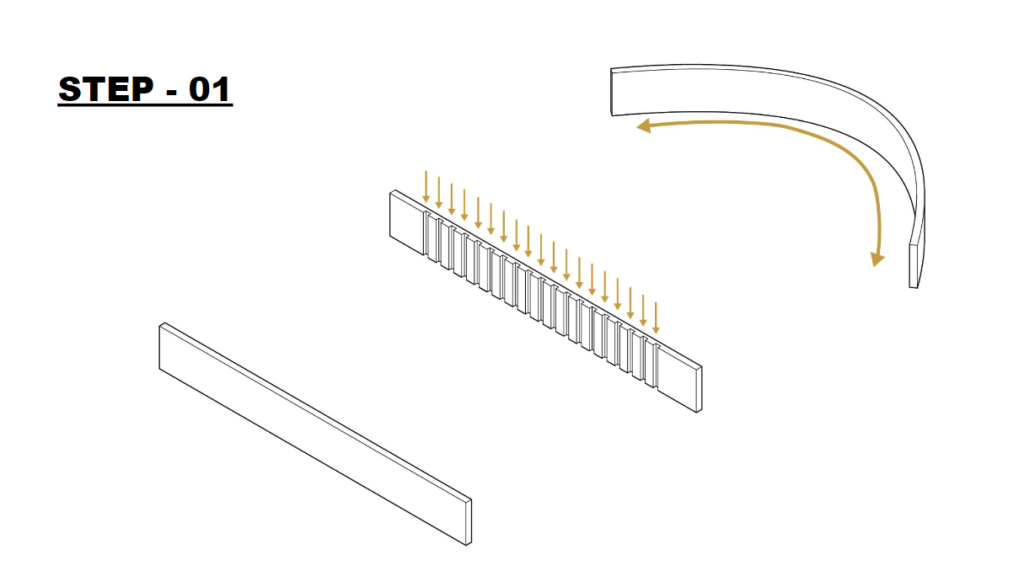
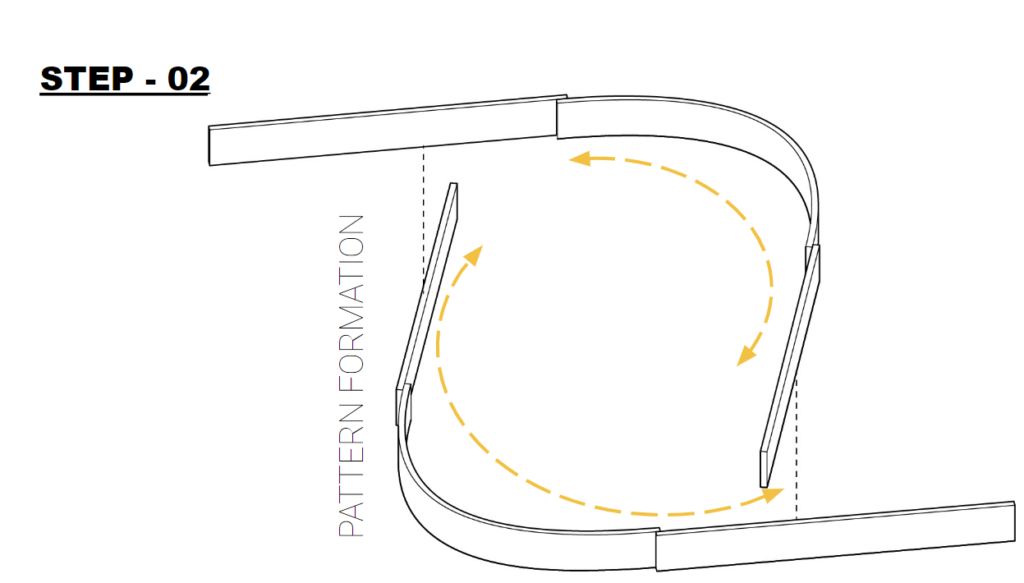
DESIGN PROPOSAL
